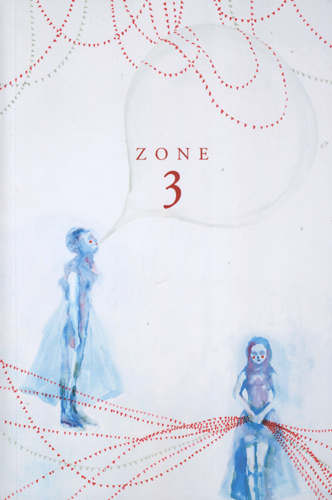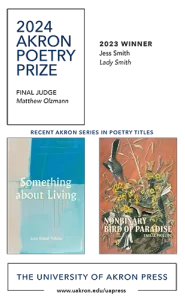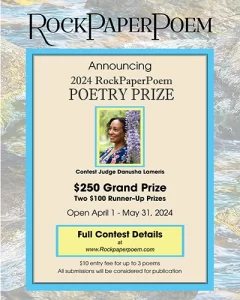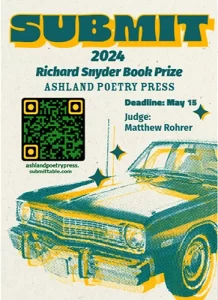Zone 3 – Spring 2016
The Spring 2016 issue of Zone 3 opens without preface or fanfare, allowing the writing to speak for itself.
The Spring 2016 issue of Zone 3 opens without preface or fanfare, allowing the writing to speak for itself.
Kelle Groom’s nonfiction “Stone Baby” meets readers face on. While Groom’s writing echoes with loneliness and loss, the beauty of her language invites instead of isolates. She unpeels layers slowly, each vignette revealing a little more of her story until we’re able to piece together the fragments of her loss. The “who by fire (mother’s rescue)” section places Groom inside Mother’s Rescue, a substance abuse treatment center where eight women and their children live, on Mother’s Day. Groom visits and shares the story of her son and her own experience with substance abuse with the other women who share their stories with her. Groom shows the ways in which language can help process loss, be it through poetry, through speaking with others, or with a simple three-letter word: mom.
Kirsten Ogden also writes about loss in the next piece, a poem titled “My Atoms Come from Those Stars,” a quote from Neil DeGrasse Tyson. Like Groom’s piece, although the speaker reveals personal loss—father, mother, baby—familiar images draw readers in: “pictures of Pluto photoshopped as the Death Star” makes way for “The Stars collapsed inside my father’s pancreas.” Even the feelings of loss are made universal. We can send information across the galaxy but can’t save people. We’ve landed probes on Mars but “we can’t feed / the homeless people in Santa Monica anymore without // being jailed.” While there are some lighter pieces in this issue, most cut just as deep as Ogden’s poetry and Groom’s nonfiction.
Lynn Kilpatrick’s “Infinite Variations: 14 Sonnets on How Things Might Have Been Different” imagines alternate realties. The nonfiction piece seamlessly interweaves fact and fiction until it’s almost impossible to discern between the two. Kilpatrick writes and rewrites different stages and scenarios in her life, both the good possible outcomes and the bad, beginning with childhood: “Here’s one: my parents didn’t get divorced.” Even possible deaths are considered. Kilpatrick’s writing is compelling and creative, a welcome variation of the nonfiction narrative.
Speaking about her nonfiction book Zoologies: On Animals and the Human Spirit is Alison Hawthorne Deming, interviewed by Amy Wright. They discuss humans’ connection and interaction with animals, and the feelings of love and grief surrounding loss in the form of extinction:
When we lose a loved one in our family or friendship circle, we gather together in rituals of grief. We do our grief work, expressing sorrow, feeling our love, taking comfort in shared grief, and this makes us want more than ever to protect those we love. When we speak of the extinction crisis only in the language of data and policy, we rob ourselves of the community that comes from sharing our grief at the loss of so many fellow species. We need stories that remind us of our love for animals . . .
Animal lovers, or those needing a reminder of their love for animals, will want to check out the full interview.
Although the nonfiction really gripped me this issue, there are fiction pieces to enjoy as well, including E.L. West’s “The Better Life,” a gripping piece about the animosity that can reside in friendships, and “Shiner” by James Braziel.
Zone 3 provides readers with a selection of writing that flows together to create one strong, cohesive issue, no fanfare needed.
[www.apsu.edu/zone3]





